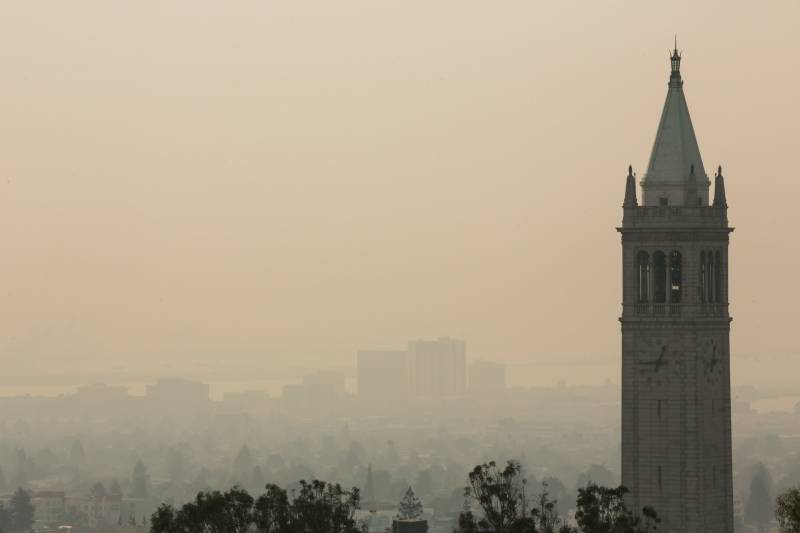Seven Bay Area nonprofits and health organizations that were awarded funds through the Asthma Mitigation Project will distribute the HEPA-grade filters — key to filtering wildfire smoke. Participating counties include Alameda, Contra Costa, San Francisco, San Mateo, Santa Clara and Sonoma.
If you don't have time to read our full guide on how to sign up to get a filter, here's the quick version:
- The program focuses on Medi-Cal patients and undocumented people without Medi-Cal. To qualify, eligible clients should have "moderate to severe" or "poorly controlled" asthma, according to a statement from a BAAQMD spokesperson. The program is for people enrolled in the state's Asthma Mitigation Project.
- Officials say interested people who meet those qualifications should contact their health provider and ask about BAAQMD's "Home Air Filtration Program."
- If you don't have a primary health care provider, contact one of the organizations participating in the program, or RAMP itself. A full list of those participating organizations can be found here.
How Does the Program Work?
With wildfire season already underway, nonprofit organizations have been given these air filtration units to distribute to qualifying households.
The aim is to improve breathing conditions at home — especially since wildfire smoke can trigger wheezing and other health impacts in those who experience asthma, emphysema or other respiratory conditions. A clean room with an air filtration unit can offer wildfire smoke relief, health officials say.
“Wildfires are increasing in the region and residents with asthma are some of the most vulnerable to the related smoke impacts,” BAAQMD CEO Jack Broadbent said in a statement. The program, Broadbent said, "can help reduce emergency room visits when air quality becomes unhealthy.”
When someone signs up for the program and qualifies, the Asthma Mitigation Project will provide in-home visits by community health workers to educate people on asthma self-management and on setting up air filtration units. The program has guides available in English, Spanish, Tagalog, Chinese, Vietnamese and Arabic.
Who Qualifies?
This program is focused on Medi-Cal patients, particularly children and adults with asthma. You can also qualify if you're an undocumented adult who is not otherwise qualified for Medi-Cal and who has asthma.

